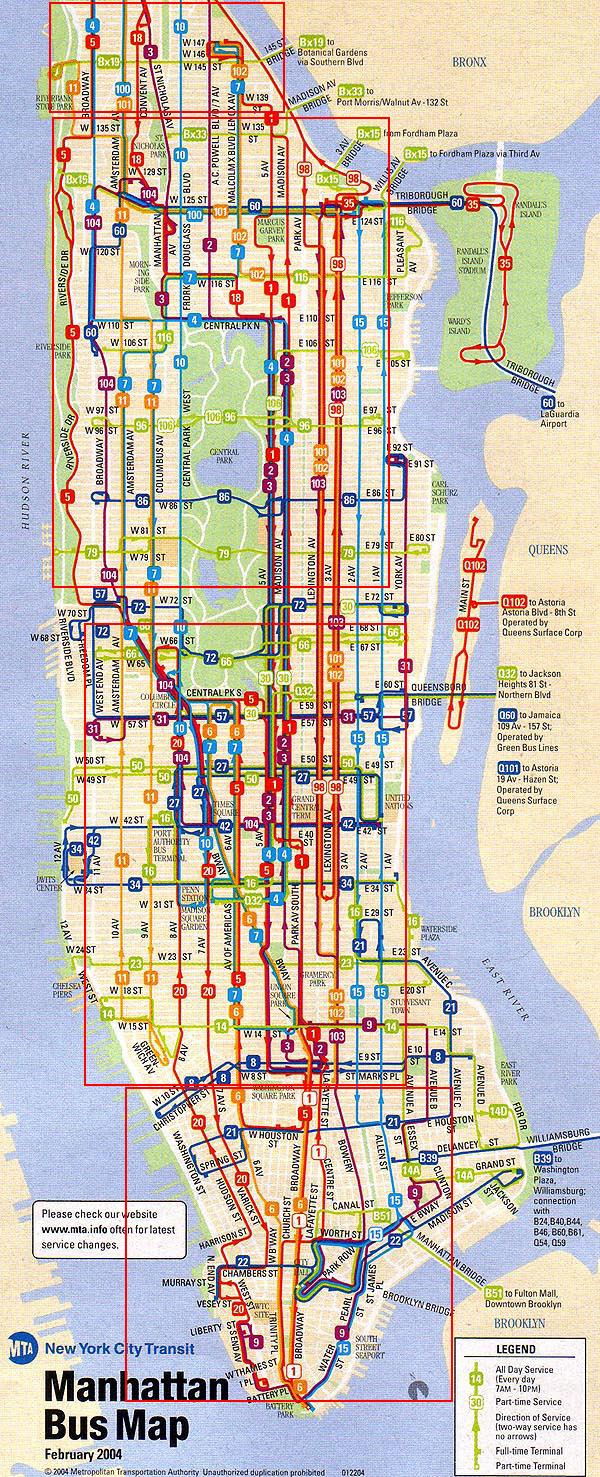M II A II R II K
Senior Member
The DRL also intersects Gerrard Square as well which connects to th BD.
because a BRT wouldn't get subway passengers off of the bloor line, that simple.
Toronto people are frustrating.
It doesn't have anything with Toronto people being frustrating. Its just that a BRT would have a fraction of the needed capacity. Some people would ride it, but the impact would be negligible.
Why are there still buses in Manhattan if it is covered by subway lines?

It doesn't have anything with Toronto people being frustrating. Its just that a BRT would have a fraction of the needed capacity. Some people would ride it, but the impact would be negligible.
Yup. The maximum capacity of a 60 foot articulated bus is 110, which is about 1/3 the crush load capacity of a single T-1 subway car (315).
Well it is a good thing my BRT scheme would use more than one bus then.
I don't think you understood my point.
The interior capacity of 1 articulated bus = 1/3 a subway car
There are 6 subway cars per train.
A train arrives every 2 minutes.
Assuming that you could run a bus reliably every 2 minutes with the same dwell times at a stop as a subway train, and that the bus could travel seamlessly in a mixed traffic environment as if it were a grade-separated subway, and that people would be able to circulate around a shared 8 foot wide sidewalk with the same efficiency as they use a purpose-built 10 foot wide subway platform...even then, you would alleviate 1/18 (5.6%) of the congestion on the subway.
Ottawa's Transitway through downtown (dedicated one-way bus lanes), carries about 10,000 pphpd. So you're right, it wouldn't be able to handle DRL volumes. However, if such a service could be done for cheap, and run as a semi-express type of service (Woodbine Stn to downtown via Woodbine & Lake Shore, Keele Stn via Parkside & Lake Shore), it may be worth exploring as a stop-gap solution.